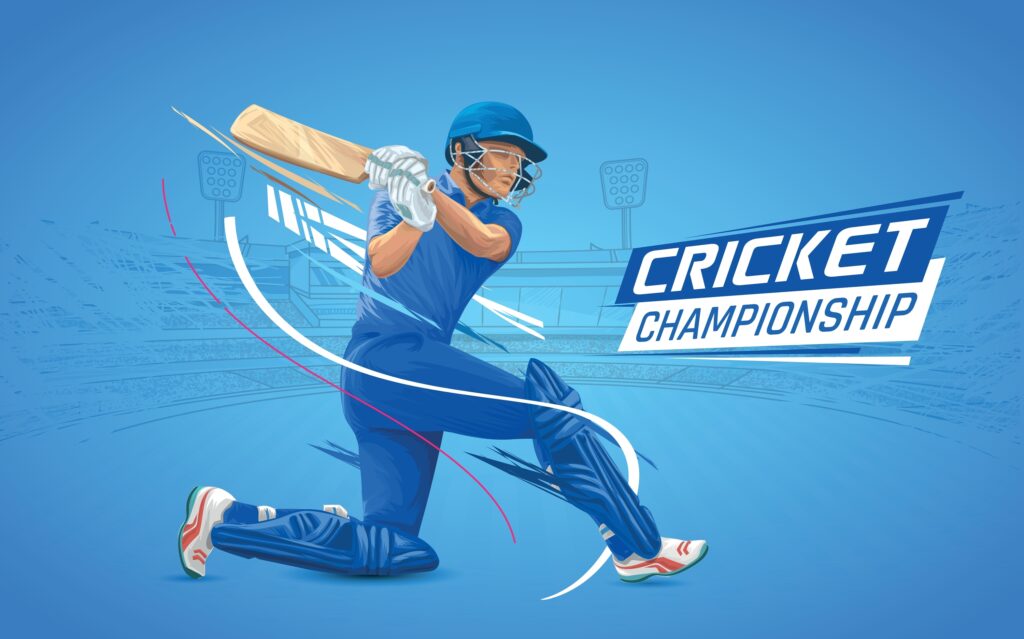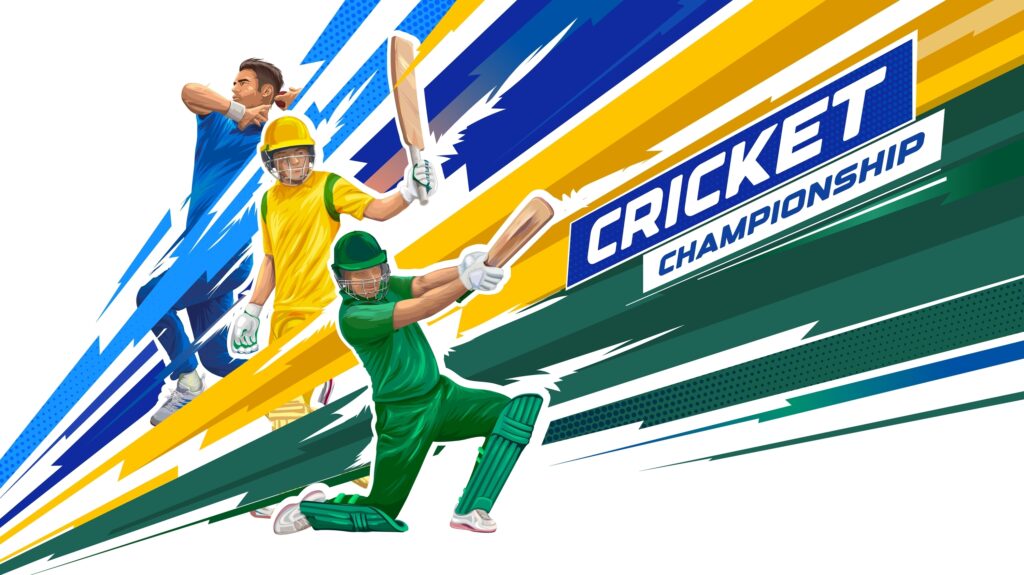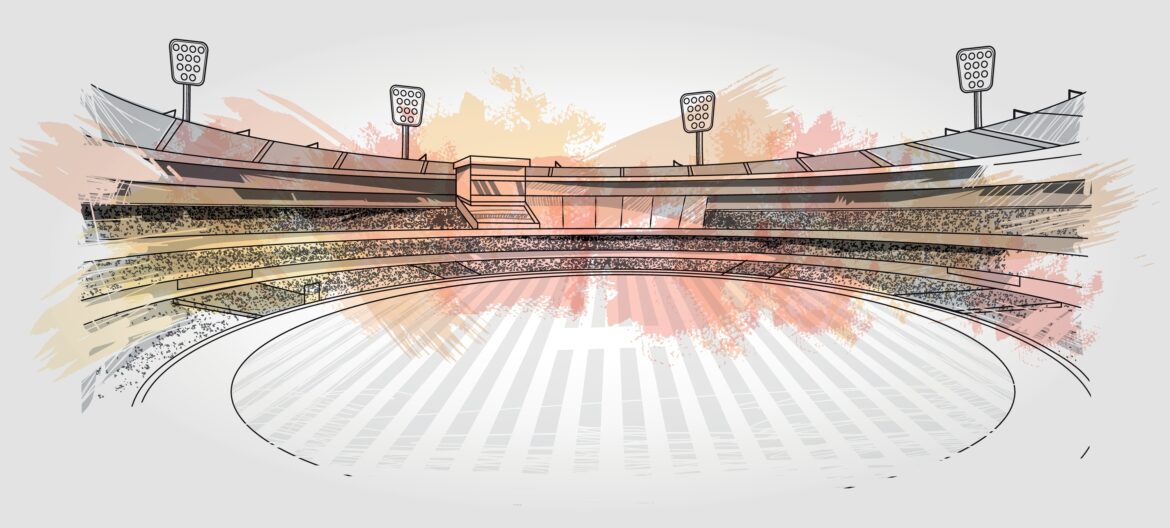Cricket organizers have continuously created different formats as the game has developed in order to draw in more spectators. Cricket’s only two traditional forms were test and first-class matches, but in more recent years, one-day formats have been added to encourage stronger batting and a feast of runs.
Major Cricket Formats
There are now three distinct formats for international play: test cricket, one-day internationals, and 20/20 internationals. While each has its own fan base, many still regard test cricket as the sport’s apex.
Test cricket is replaced by first-class cricket in the domestic game, while one-day and T20 matches still adhere to the international structure. As we’ll see in a moment, domestic cricket organizers in England have now developed a brand-new game structure called the Hundred that operates quite differently.
Test Cricket Matches
Test cricket is a match between two international-level teams of 11 players that is played in accordance with the fundamental rules of the game. In essence, the team with the most runs at the end of the game will win. Each side has two innings.
However, there are four outcomes that might occur in a test match, which is one way that this format is different from the others. Games may conclude with a victory for either team, a draw, or a tie. Here is how those outcomes might pan out. If the team batting last scores more runs than the opposition while keeping all of their wickets intact, they will win the match.
A team that bats first will win if they score more runs than the opposition; however, they must also take all ten wickets of their adversaries. The game ends in a draw if they do not capture all ten wickets. If the team batting last loses every wicket and the scores are tied, a tie will result. Since 1877, there have only been two ties in more than 2000 test matches, making them incredibly uncommon.

ODI Cricket Matches
As with limited-overs cricket, One Day Internationals (also referred to as ODIs) are matches that are designed to be played over the course of one day and with a set number of overs. There is occasionally a reserve day available if it’s a crucial match that must be finished despite the weather.
One-day cricket’s format has evolved a little throughout the years, but it has existed in its current form for a long time. There are two teams of 11 players each receiving a maximum of 50 overs.
ODIs have a straightforward idea that makes them simpler to comprehend, which may be another factor in the format’s increased popularity. However, if the final scores of a game are tied, things may become a little more challenging. In a typical bi-lateral series, if those scores are tied at the conclusion of a game, the match will be ruled a draw. A Super Over, in which each side receives six balls, will also be used to determine the winner. In the case of a second draw, the nation with the most boundaries would win the 2019 World Cup final between England and New Zealand.
T20 Internationals
The first T20 international cricket match, which is currently the shortest format of the game, was played in 2005 between Australia and New Zealand. Each contending side has only twenty overs to accumulate the highest score, as suggested by the title.
The remaining rules frequently resemble those of ODI cricket. The team with the highest score will win the game, however, in a close game, Super Overs are more common.
In comparison to previous cricket formats, the international T20 family is substantially larger: in addition to the 20 teams who compete at the ODI level, there are currently 53 other countries that have permanent ODI status. The T20i World Cup, which was first played in 2007, is the ultimate goal for those teams to compete in.

Different Formats
Cricket’s three primary competition formats are played both domestically and internationally. Domestic teams play in “first-class cricket” around the world, but only a match between two nations qualifies as “test cricket.”
There are four possible outcomes in first-class cricket, including a win for either team, a draw, or a tie. This makes it unique from other formats. First-class domestic cricket is played over four days rather than five, which is the main distinction. Every test-playing nation hosts official championships, with events like the County Championship in England and the Sheffield Shield in Australia.
Domestic cricket competitions also feature one-day and T20 games. The top limited-overs players in the world travel to large tournaments to compete in T20 franchise cricket, which is very popular. The largest of these tournaments is the Indian Premier League, but other notable ones include the Big Bash in Australia, the Plunket Shield in New Zealand, the Caribbean Premier League etc.

